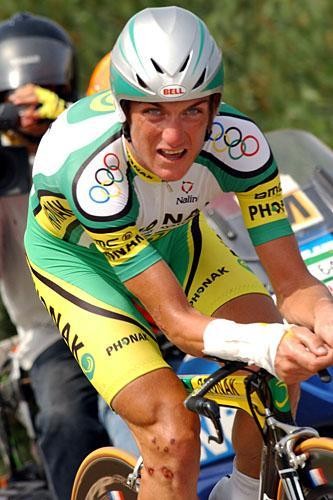The Hamilton decision
The American Arbitration Association/North American Court of Arbitration for Sport's decision...

Is he guilty and is the science perfect?
The American Arbitration Association/North American Court of Arbitration for Sport's decision regarding the Tyler Hamilton blood doping case has set some interesting precedents and raised some important questions in regard to sanctioning athletes for drug offences, as Cyclingnews' Chief Online Editor Jeff Jones reports.
On Monday, April 18, the two out of three AAA/CAS arbitrators ruled that Tyler Hamilton should be given a two year ban from cycling after testing positive for a homologous blood transfusion (injecting someone else's blood) at the Vuelta a España on September 11, 2004. Hamilton also returned an A sample positive on August 25, 2004, after winning the Olympic Time Trial, but was not sanctioned for that as his B sample was effectively destroyed by the Athens lab that did the testing, and no result could be determined from the sample.
Hamilton's Vuelta samples were analysed by the lab in Lausanne, which determined that both A and B samples showed signs of a mixed red blood cell (RBC) population. This same lab analysed samples taken from Hamilton's former Phonak teammate Santiago Perez on October 5, a week after the Vuelta had finished. They too showed signs of a mixed red blood cell population, and Perez has been given a two year ban for blood doping by the Spanish Cycling Federation.
Click here for the full report
The latest race content, interviews, features, reviews and expert buying guides, direct to your inbox!